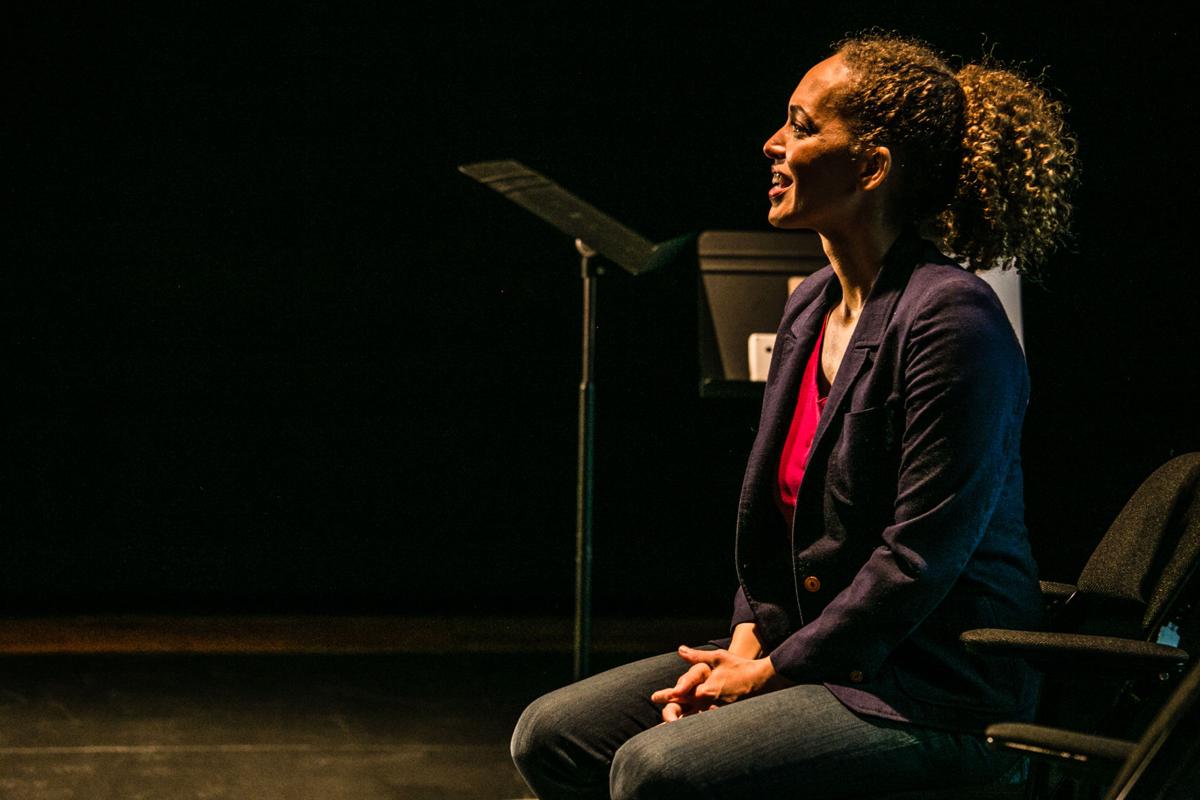Same Family, Different Colors: Confronting Colorism in America’s Diverse FamiliesPosted in Books, Family/Parenting, Identity Development/Psychology, Media Archive, Monographs, United States on 2016-10-08 01:14Z by Steven |
Same Family, Different Colors: Confronting Colorism in America’s Diverse Families
Beacon Press
2016-10-04
216 pages
Cloth ISBN: 978-080707678-1
Lori L. Tharps, Assistant Professor of Journalism
Temple University, Philadelphia, Pennsylvania
Weaving together personal stories, history, and analysis, Same Family, Different Colors explores the myriad ways skin-color politics affect family dynamics in the United States.
Colorism and color bias—the preference for or presumed superiority of people based on the lighter color of their skin—is a pervasive but rarely openly discussed phenomenon, one that is centuries old and continues today. In Same Family, Different Colors, journalist Lori Tharps, the mother of three mixed-race children with three distinct skin colors, uses her own family as a starting point to explore how skin-color difference is dealt with in African American, Latino, Asian American, and mixed-race families and communities. Along with intimate and revealing stories and anecdotes from dozens of diverse people from across the United States, Tharps adds a historical overview and a contemporary cultural critique. Same Family, Different Colors is a solution-seeking journey to the heart of identity politics, so this more subtle “cousin to racism,” in the author’s words, will be acknowledged, understood, and debated.




